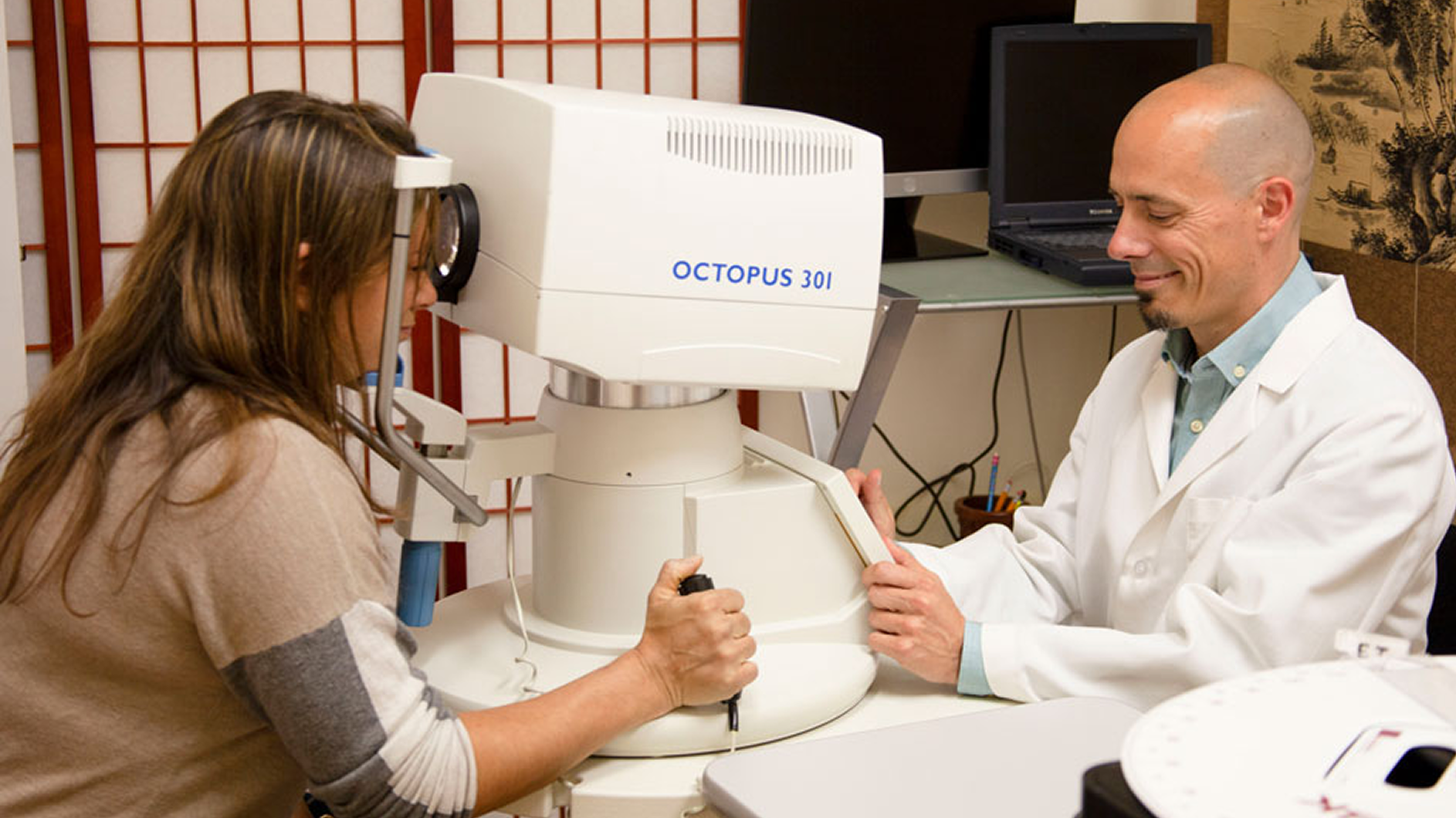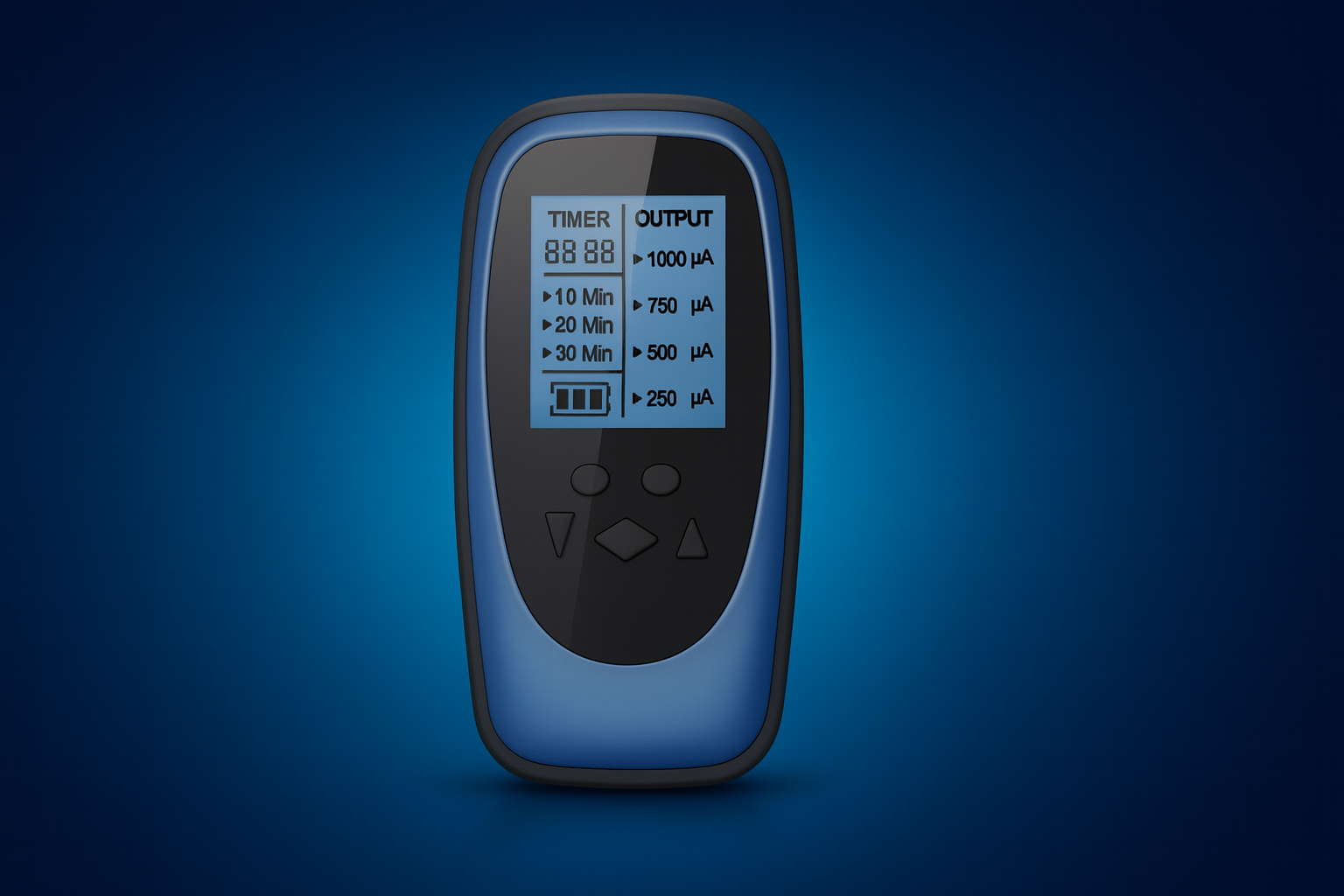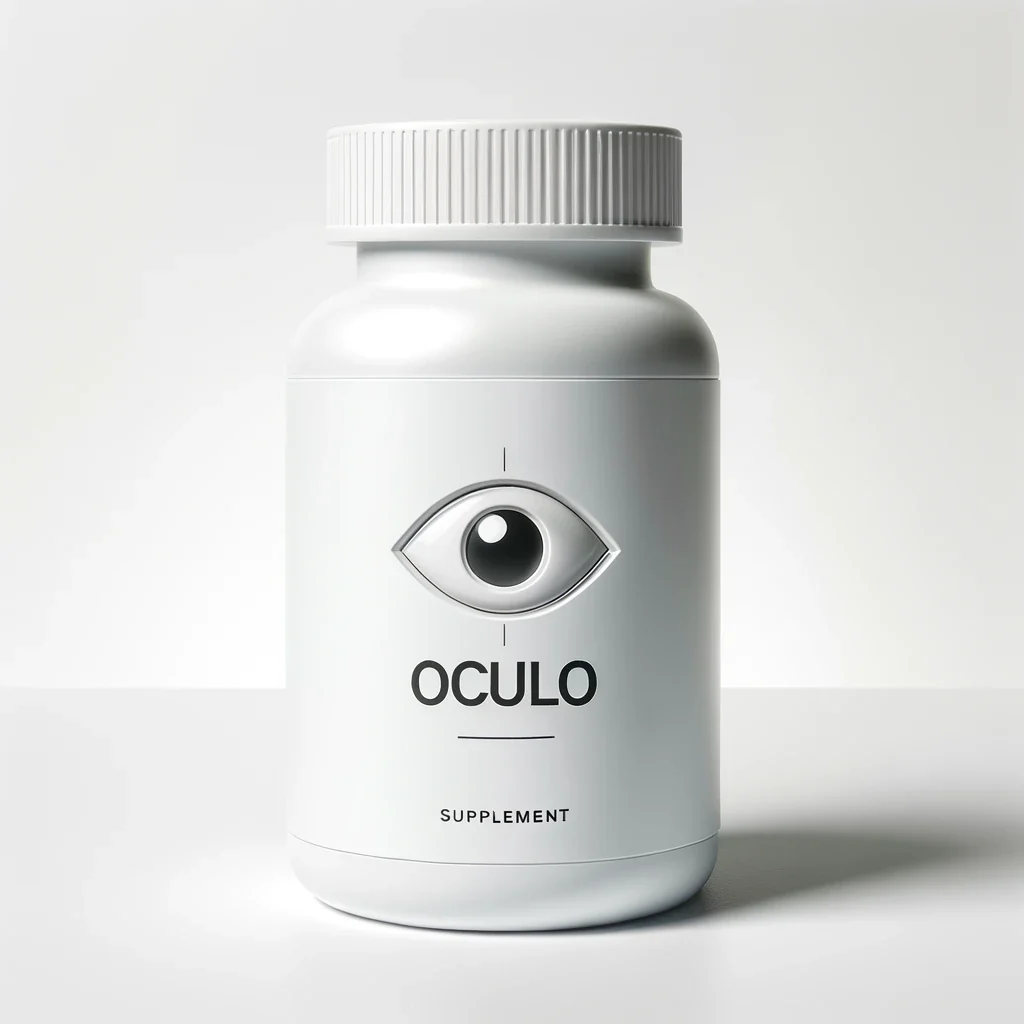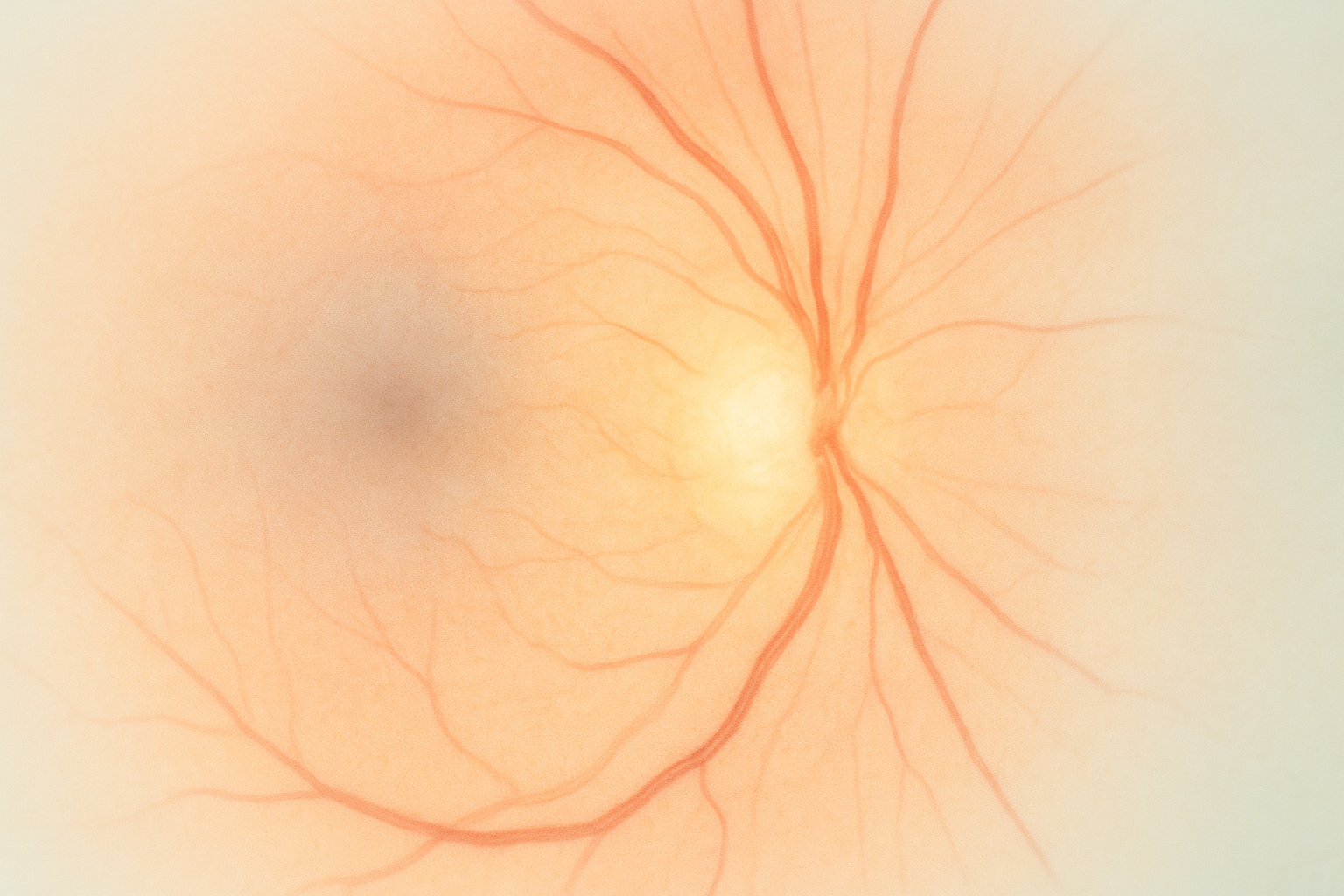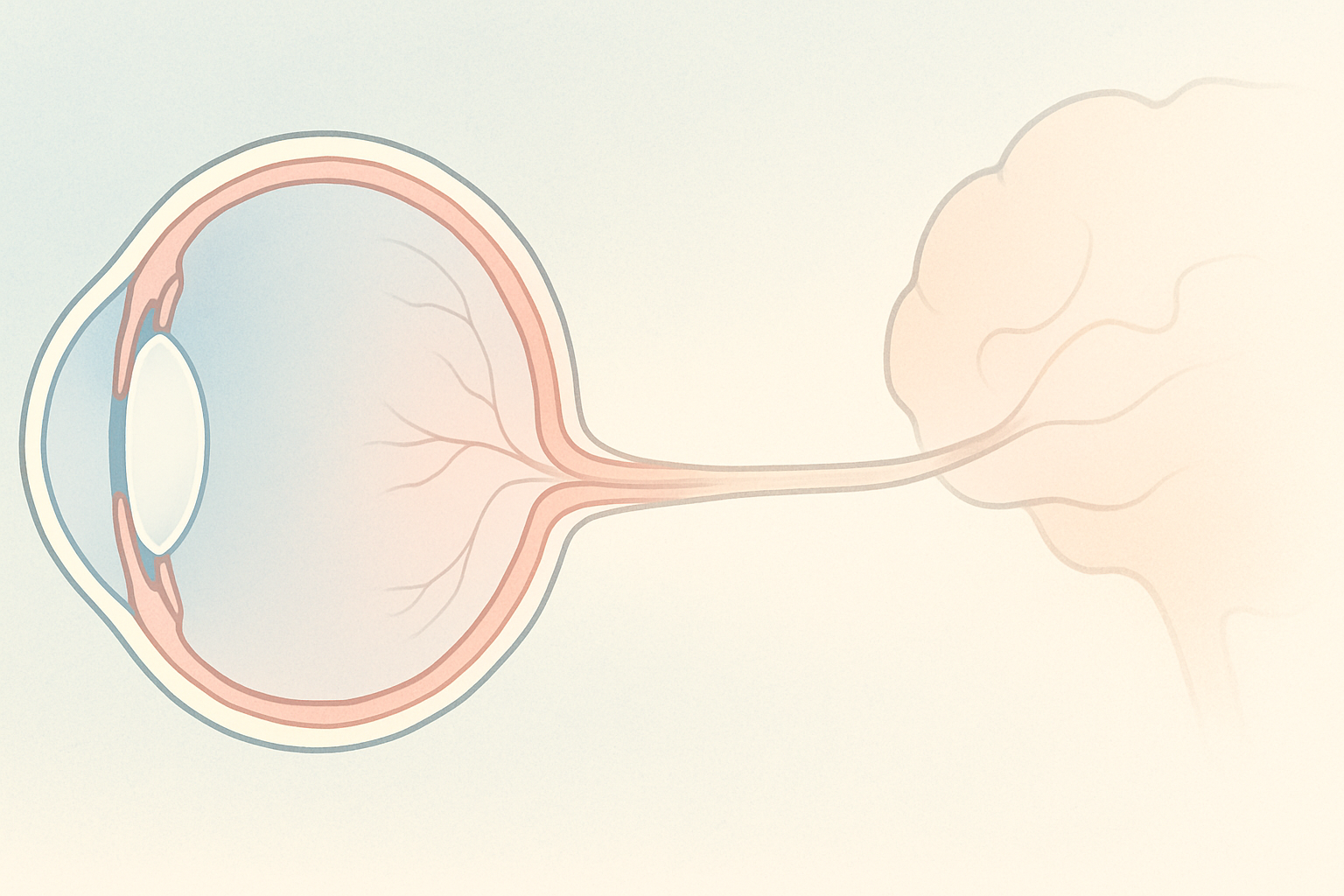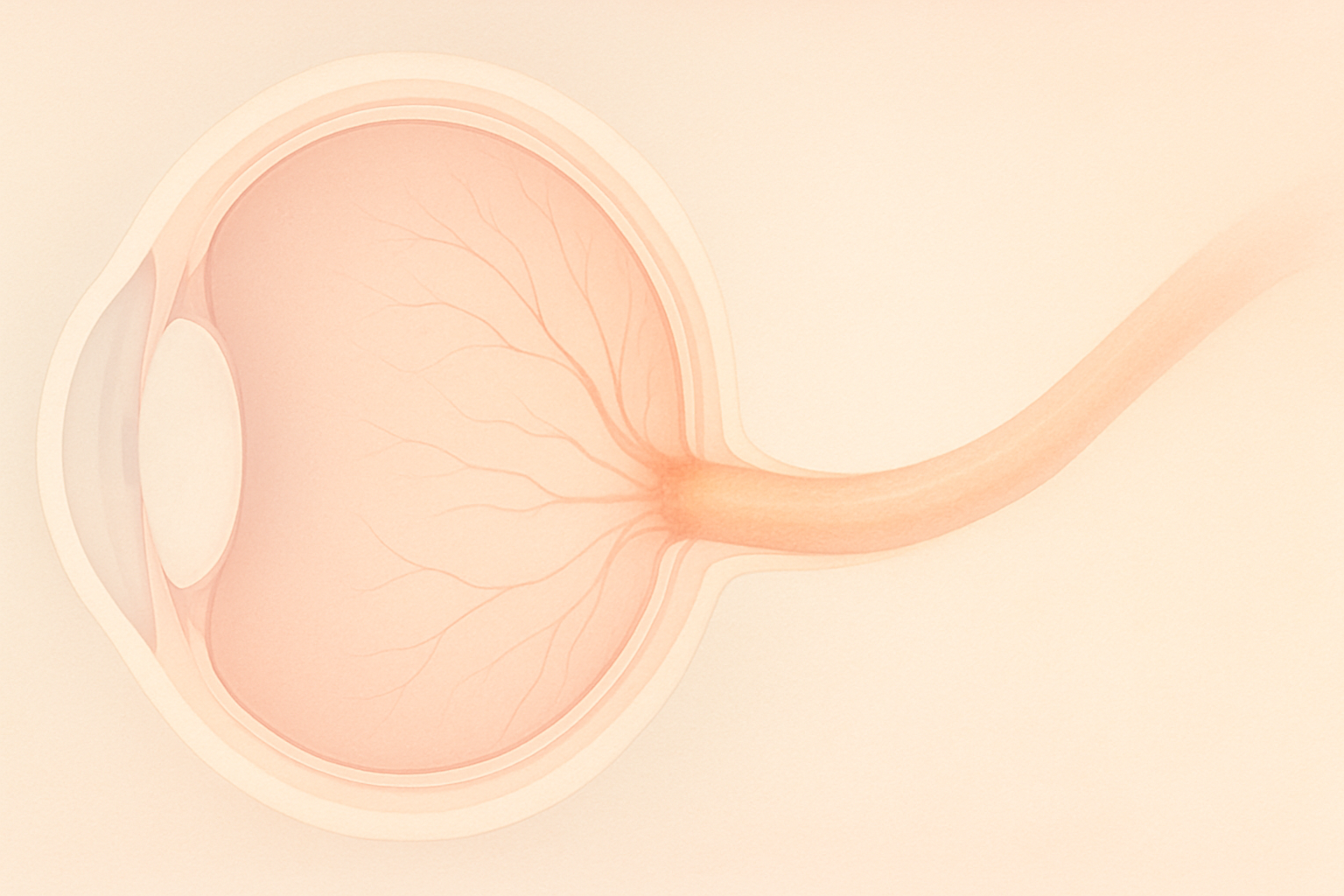Eye Condition
Glaucoma
Glaucoma is a group of eye diseases in which elevated eye pressure damages the optic nerve, silently stealing peripheral vision and potentially leading to blindness.
Explore our treatment options for Glaucoma
Glaucoma Overview: Causes, Symptoms & Whole‑Body Treatment Options
Glaucoma is the world’s leading cause of irreversible blindness, yet most people feel no pain or warning signs until major vision is already gone. In Dr. Andy Rosenfarb’s words, it is “the silent thief of the night” and it’s also one of the most common conditions we treat at the Eye Health Institute.
It’s not enough to keep lowering the pressure if you’re still losing vision. We have to ask why the optic nerve keeps degenerating even when the numbers look good.
What is Glaucoma?
Conventional medicine defines glaucoma as progressive damage to the optic nerve, usually, but not always, driven by elevated intraocular pressure (IOP). Dr. Rosenfarb’s integrative lens adds three equal culprits:
- Inflammation
- Oxidative stress
- Impaired blood flow (hypoxia)
When any of those factors join high eye pressure, optic‑nerve cells die faster, leading first to subtle peripheral field loss, then tunnel vision, and finally blindness.
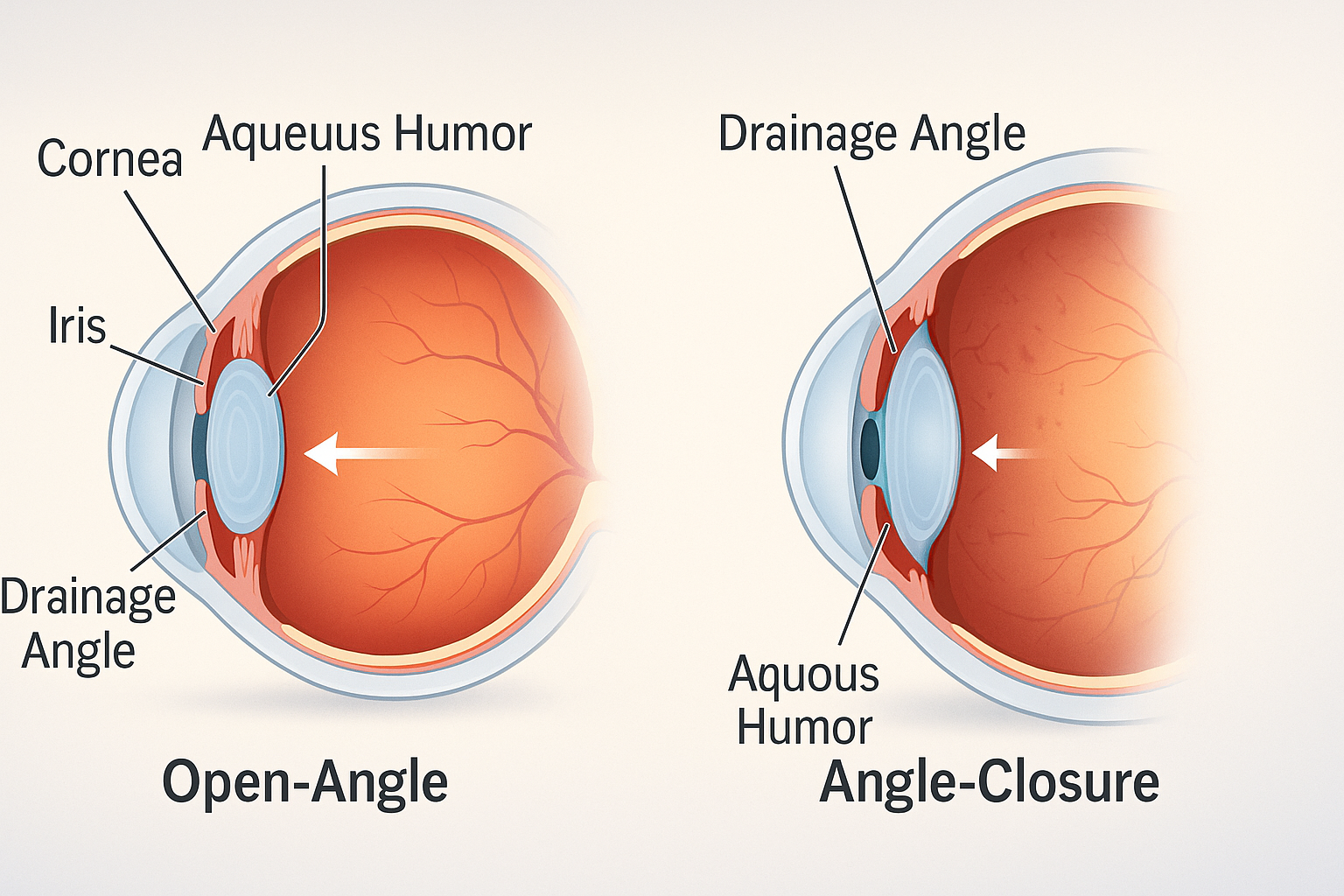
Main Sub‑Types
| Sub‑type | Key Feature | Typical IOP |
|---|---|---|
| Primary Open‑Angle Glaucoma | Drainage meshwork clogs over time | Elevated |
| Angle‑Closure Glaucoma | Drainage angle suddenly shuts | Very high; emergency |
| Pseudo‑Exfoliation | “Dandruff‑like” debris blocks drain | Elevated |
| Normal‑Tension Glaucoma | Optic nerve damage with normal pressure | Normal |
Seventy percent of my normal‑tension patients have an auto‑immune back‑story— the body is literally mis‑tagging the optic nerve as an invader.
Early Signs & Risk Factors
- Blurry or hazy peripheral vision
- Halos around lights at night
- Frequent changes in prescription glasses
- Family history of glaucoma or Optic Nerve Atrophy
- Chronic steroid use, diabetes, high blood pressure
Angle‑closure warning: sudden eye pain, nausea, and rainbow halos are a 911‑level emergency, pressure can spike to 50+ mmHg in hours.
How Glaucoma Is Diagnosed
- Tonometry – puff or Goldmann test for eye pressure
- Visual Field (Perimetry) – detects “silent” side‑vision loss
- Optical Coherence Tomography (OCT) – measures thinning of optic‑nerve rim
- Fundus Photography – looks for “cupping” at the nerve head
- Contrast Sensitivity – early marker of optic‑nerve stress
Conventional Treatments (Pros & Limits)
| Modality | Goal | Limitations |
|---|---|---|
| Prescription eye drops | Reduce fluid production / increase drainage | Doesn’t heal nerve, may irritate eyes |
| SLT or Trabeculectomy | Laser or surgical drainage shunt | Scarring can re‑block drain; multiple surgeries common |
| Iridotomy | Emergency hole in iris for angle‑closure | Only addresses pressure, not nerve health |
When pressure is under 18 mmHg yet vision still declines, it’s time to widen the strategy.
Integrative Boosters for Optic‑Nerve Survival
1. Acupuncture & Micro‑Acupuncture 48
- Stimulates ocular blood flow
- Triggers endogenous stem‑cell release
- Calms systemic inflammation
2. Hyperbaric Oxygen Therapy
- Super‑saturates plasma with O₂, bypassing clogged micro‑vessels
- Encourages new capillary growth (VEGF) around the nerve

3. Targeted Supplement Stack
| Nutrient | Why It Matters | Typical Dose* |
|---|---|---|
| Omega‑3 DHA | Repairs neural membranes, thins blood | 1–2 g/day |
| Taurine | Most concentrated amino acid in the eye; lowers IOP | 1–2 g/day |
| Full‑Spectrum CBD | Neuro‑protective + anti‑inflammatory; micro‑dose THC keeps receptor open | 15–30 mg CBD / day |
| Ginkgo biloba | Micro‑circulation booster | 120 mg/day |
Always discuss dosing with your eye‑care professional.
4. Lifestyle Levers
- 30 min daily cardio to boost ocular perfusion
- Blue‑light & UV protection (phone night‑mode + polarized sunglasses)
- Anti‑inflammatory diet; screen for food allergies/leaky gut
- Neck‑and‑shoulder myofascial release to open lymphatic drainage
Take‑Home Message
Glaucoma management can't stop at eye pressure. A 360° plan that calms inflammation, oxygenates starving nerve fibers, and feeds them the right nutrients offers real hope for vision stability—and, in many cases, measurable recovery.
Ready to craft your personalized plan? Book a free consultation or call us at 908-928-0060. Remember:
Your vision is our mission. We're here to inspire, educate, and empower you—one optic nerve at a time.

